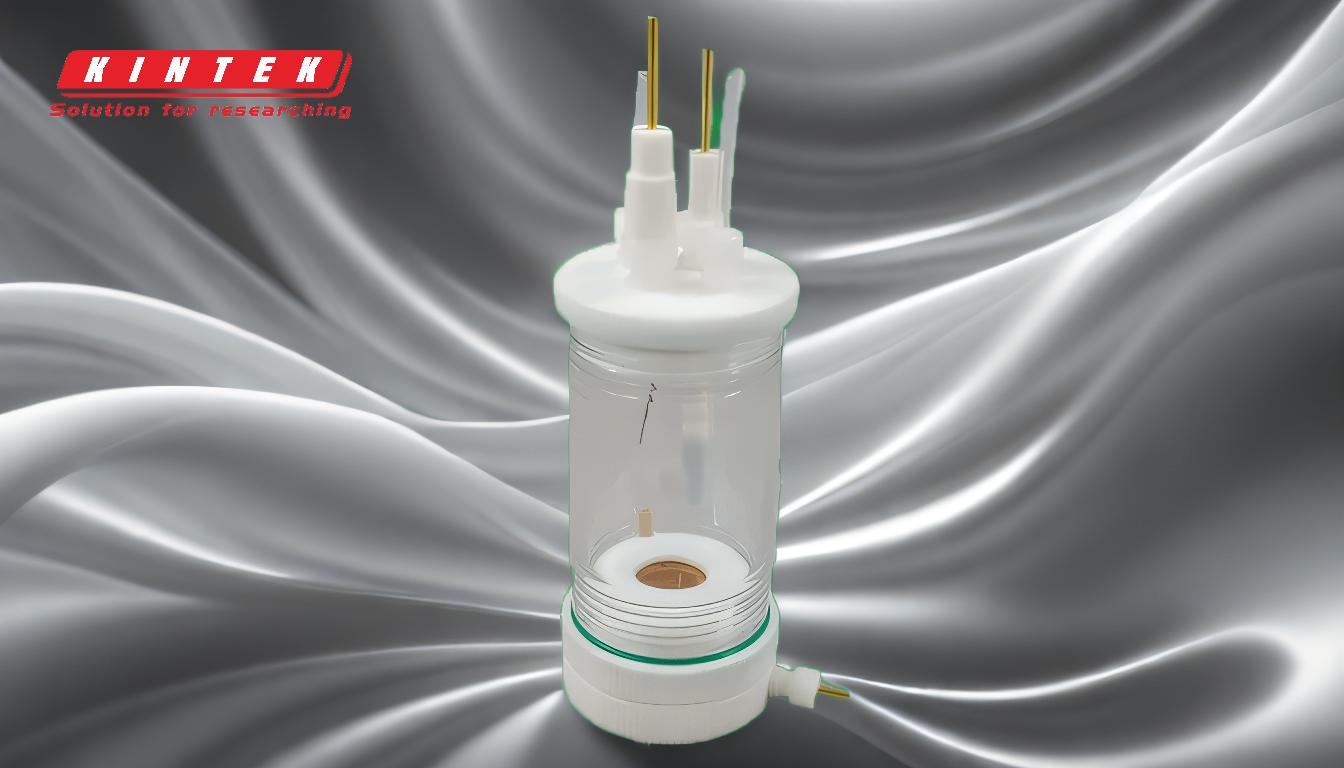A distillation apparatus typically consists of several key components that work together to separate mixtures based on differences in their boiling points. While the specific configuration may vary depending on the type of distillation (e.g., traditional or short-path), the core parts generally include a heating source, an evaporation or boiling flask, a condenser, and receiving flasks. Additionally, a vacuum pump is often used in short-path distillation to maintain a vacuum environment. Below, the five main parts of a distillation apparatus are explained in detail.
Key Points Explained:

-
Heating Source (Heating Mantle or Heating Bath)
- The heating source is responsible for providing the necessary heat to vaporize the liquid mixture. In traditional distillation, this is often a heating bath, while in short-path distillation, an electric heating mantle is commonly used.
- The heating mantle is designed to evenly distribute heat to the evaporation flask, ensuring consistent evaporation of the solvent or mixture.
- Proper temperature control is critical to avoid overheating, which could degrade the components being distilled.
-
Evaporation Flask (Bubble Flask or Boiling Flask)
- The evaporation flask, also known as the boiling flask, holds the mixture to be distilled. As the mixture is heated, the components with lower boiling points vaporize first.
- In short-path distillation, the evaporation flask is often made of thick glass to withstand the vacuum environment and prevent explosions due to uneven force.
- The flask is connected to the rest of the apparatus, allowing the vapor to travel to the condenser.
-
Condenser
- The condenser is a critical component that cools the vaporized substances, converting them back into liquid form. This is achieved by circulating a coolant (often water or a low-temperature coolant) through the condenser.
- In traditional distillation, the condenser is typically a long, coiled tube, while in short-path distillation, it may be a more compact chilling unit.
- The efficiency of the condenser directly impacts the purity and yield of the distilled product.
-
Receiving Flask(s)
- The receiving flask(s) collect the condensed liquid after it passes through the condenser. In many setups, multiple receiving flasks are used to separate different fractions of the distillate based on their boiling points.
- In short-path distillation, two or more receiving flasks are often used to isolate solvents or other components with distinct boiling points.
- The design of the receiving flasks ensures that the collected distillate remains uncontaminated and easy to retrieve.
-
Vacuum Pump (for Short-Path Distillation)
- A vacuum pump is essential in short-path distillation to create and maintain a vacuum environment within the apparatus. This reduces the boiling points of the components, allowing for more efficient separation at lower temperatures.
- The vacuum pump also helps prevent oxidation or degradation of heat-sensitive materials.
- Proper pressure control is crucial to ensure the distillation process operates smoothly and safely.
In summary, the five main parts of a distillation apparatus are the heating source, evaporation flask, condenser, receiving flask(s), and (in the case of short-path distillation) a vacuum pump. Each component plays a vital role in ensuring the efficient and safe separation of mixtures based on their boiling points.
Summary Table:
| Component | Function |
|---|---|
| Heating Source | Provides heat to vaporize the mixture; ensures even temperature distribution. |
| Evaporation Flask | Holds the mixture to be distilled; withstands vacuum in short-path setups. |
| Condenser | Cools vaporized substances, converting them back into liquid form. |
| Receiving Flask(s) | Collects condensed liquid; separates fractions based on boiling points. |
| Vacuum Pump | Maintains vacuum environment for short-path distillation, reducing boiling points. |
Need a reliable distillation apparatus for your lab? Contact us today to find the perfect solution!












